
Forklift Fuse - A fuse consists of either a wire fuse element or a metal strip within a small cross-section which are connected to circuit conductors. These devices are typically mounted between a pair of electrical terminals and quite often the fuse is cased in a non-combustible and non-conducting housing. The fuse is arranged in series capable of carrying all the current passing through the protected circuit. The resistance of the element produces heat because of the current flow. The construction and the size of the element is empirically determined to be sure that the heat produced for a normal current does not cause the element to attain a high temperature. In instances where too high of a current flows, the element either rises to a higher temperature and melts a soldered joint inside the fuse which opens the circuit or it melts directly.
When the metal conductor parts, an electric arc is formed between un-melted ends of the fuse. The arc starts to grow until the required voltage in order to sustain the arc is in fact greater as opposed to the circuits existing voltage. This is what truly leads to the current flow to become terminated. Where alternating current circuits are concerned, the current naturally reverses direction on every cycle. This particular process greatly enhances the speed of fuse interruption. When it comes to current-limiting fuses, the voltage required to sustain the arc builds up fast enough to really stop the fault current before the first peak of the AC waveform. This effect tremendously limits damage to downstream protected devices.
Usually, the fuse element is made up of alloys, silver, aluminum, zinc or copper which would offer predictable and stable characteristics. Ideally, the fuse will carry its rated current indefinitely and melt rapidly on a small excess. It is vital that the element should not become damaged by minor harmless surges of current, and must not oxidize or change its behavior subsequent to possible years of service.
The fuse elements could be shaped in order to increase the heating effect. In bigger fuses, the current can be separated among numerous metal strips, whereas a dual-element fuse might have metal strips that melt instantly upon a short-circuit. This type of fuse may likewise have a low-melting solder joint which responds to long-term overload of low values compared to a short circuit. Fuse elements could be supported by steel or nichrome wires. This will make sure that no strain is placed on the element but a spring can be included to be able to increase the speed of parting the element fragments.
It is common for the fuse element to be surrounded by materials that are meant to speed the quenching of the arc. Air, non-conducting liquids and silica sand are some examples.
![]() Click to Download the pdf
Click to Download the pdf
Forklift Parts
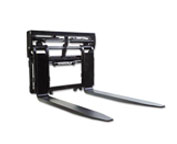

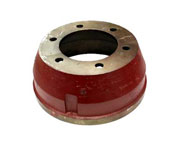

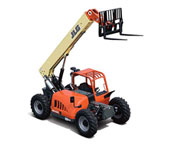
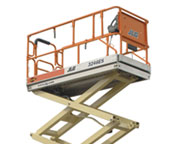
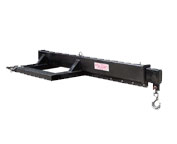

Lift Parts Express
TOLL FREE: 1-888-695-7994
Minneapolis, Minnesota
forkliftpartsminneapolis.com
Email Us
About Us



